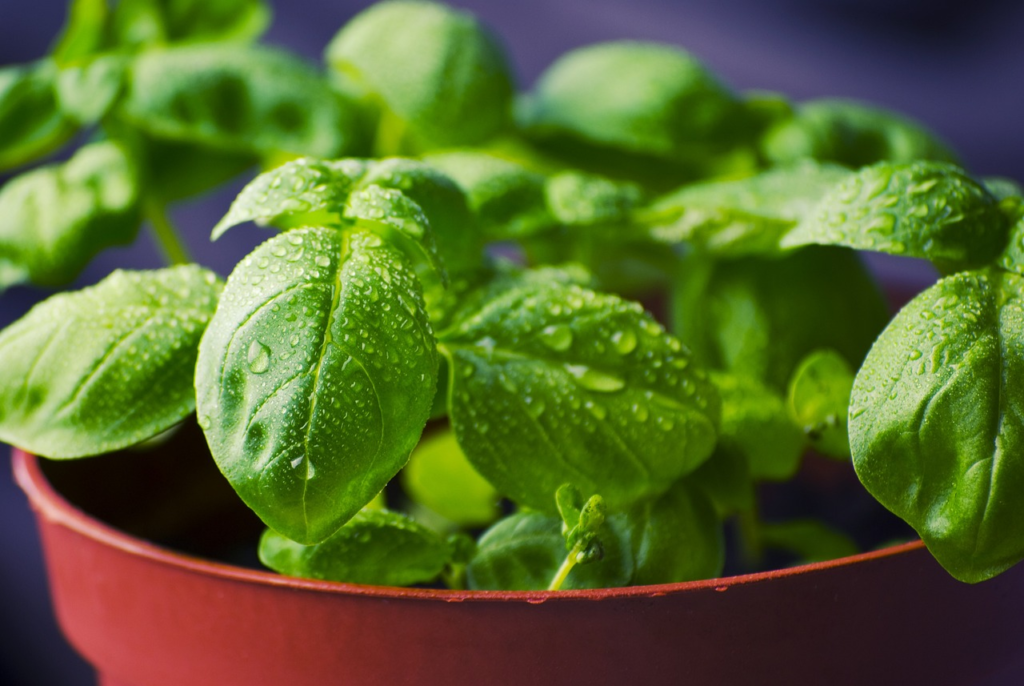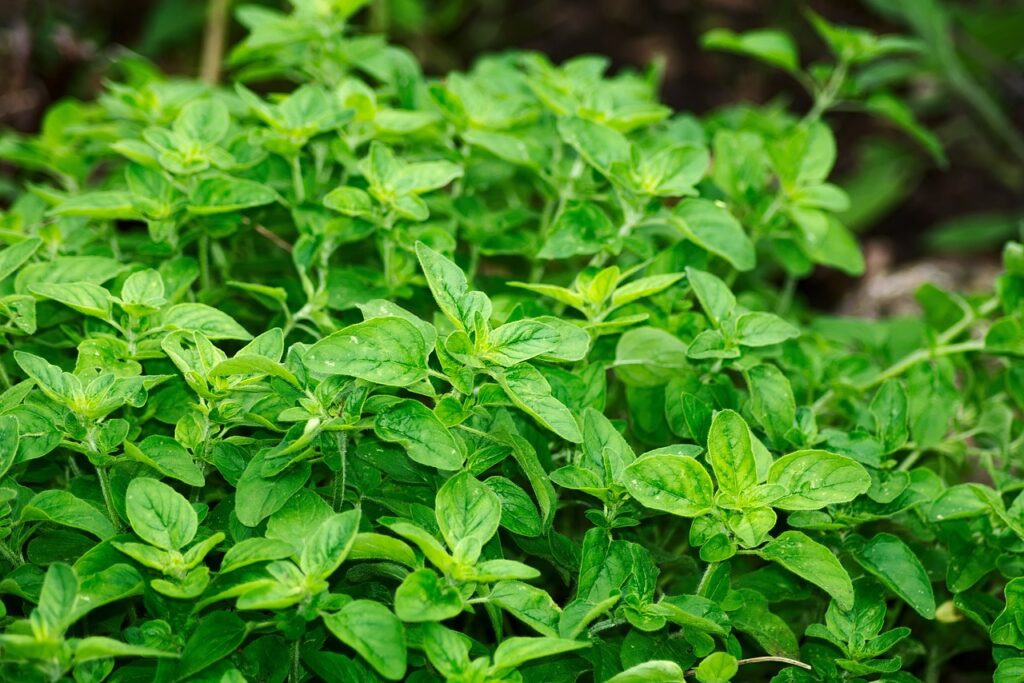Herbs are among the easiest and most rewarding plants to grow in your garden. They deliver a multitude of flavors, aromas, and medicinal properties while being low maintenance and adaptable to various conditions. Propagation, a simple and cost-effective method of plant reproduction, helps expand your herbal garden without the need for constant seed purchases. Let’s explore the different herbs you can propagate and the best methods to employ for each type.
1. Mint

Mint is an aromatic perennial loved by gardeners for its culinary and medicinal uses. Propagation by stem cuttings is the most effective way to grow it. Simply take a 6-inch stem cutting with leaves at the top and place it in a glass of water. Make sure no leaves are submerged, as this may lead to rotting. After roots develop, transplant the cutting in a pot or garden bed with well-draining soil.
2. Basil

Adored for its flavor and fragrance, sweet basil is a culinary staple. To propagate basil, cut a 4-inch stem and remove the lower leaves. Place the stem in a cup of water and maintain a warm, well-lit location. When roots emerge, transplant the cutting into a suitable growing medium.
3. Oregano

Oregano is another herb worth propagating and enjoys similar effectiveness to mint. Propagate oregano using stem cuttings by taking 4-inch cuttings and placing them in moistened potting mix or soil. Maintain a humid environment with indirect sunlight until roots develop, then transplant into separate pots or beds.
4. Rosemary

This fragrant, woody herb can be propagated using stem cuttings. Select a 4 to 6-inch cutting from a healthy plant, removing lower leaves, and place it in a small pot with moist, well-draining soil. Cover with a plastic bag to retain humidity and place it in a warm, well-lit area. Once rooted, transplant the cutting into a larger pot or garden bed.
5. Thyme

Thyme is another herb amenable to propagation. Employ the stem cutting technique as with oregano, ensuring cuttings are kept in a humid environment while roots are developing.
6. Sage

Although sage can be propagated through stem cuttings, patience is crucial, as this herb may take longer to root. Adopt the same method used for rosemary; however, be prepared to wait several weeks before transplanting.
Conclusion
Propagation is an excellent way to diversify and expand your herb garden without additional costs. Armed with the knowledge of suitable herbs for propagation and their respective methods, you’re well on your way to a thriving and bountiful herbal oasis that caters to all your culinary and therapeutic needs. Embrace the hands-on approach involved in propagation and revel in the satisfaction of nurturing new life from the plants you’ve already grown to love.


Leave a Reply